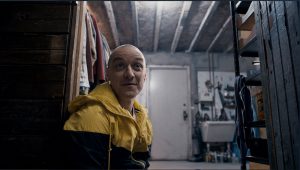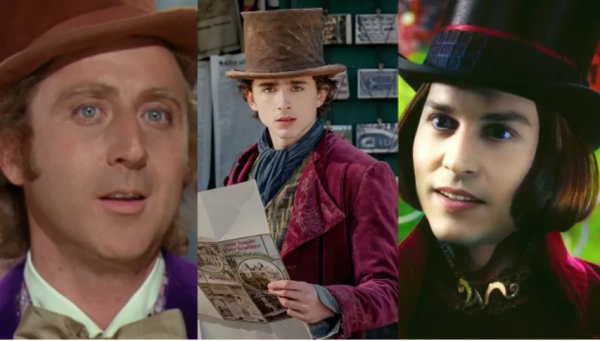The Split between Hollywood and Reality
February 7, 2017
The new PG-13 horror movie “Split” attracted an overwhelming audience. This movie is about a man who kidnaps three girls. As the movie progresses, the girls start to realize that this man has more than one personality. It sparked curiosity among those uneducated about Dissociative Identity Disorder (DID), formerly known as multiple personality disorder. While the movie was thrilling, it was distorted. The case of the main character was quite extreme. This leaves the audience believing that all people diagnosed with DID are, in a sense, psychotic.
A phrase to know is “one man’s story.” It means that not every situation will be the same. Two people will never have the same experience. So, just because it happens to one person doesn’t mean it’s the same for the next.
I will admit that there are people with DID that need to be institutionalized if the disorder leads to the harm of one’s self or others. There are also different forms of therapy and medications. It’s all based on the level of severity. One outcome doesn’t apply to everyone.
I know that’s hard to understand; it helps to replace it with a more familiar situation. Imagine a car accident. It could be full of shattered glass, the bumper nowhere to be seen, and serious injuries. It could also be a rear-ender where nothing on the car was damaged and everyone was okay. They both fall under the umbrella of car accident, but are two completely different things.
Herschel Walker, a NFL star and author of “Breaking Free,” lives with DID. He played for the Cowboys, Vikings, and Giants. His teams have won awards while he was on the team. His teammates said they never knew that there was something wrong with him.
There is nothing wrong with Walker. He just has a different chemistry and past. Yes, he HAS a mental illness but HE isn’t the mental illness. In a simpler explanation, people have diabetes. They aren’t diabetes itself. There is nothing wrong with them, they just need extra support.
In his book, he tries to explain what it’s like to live the way he does in attempts to enlighten readers. He also stated in a CNN interview that the more his family knew about the disorder, the more help they were. So his intentions are to help assist others in the process of comprehension.
Despite a few extremes, the movie portrayed the mental illness well. DID usually occurs in those who have had traumatic experiences; the alternate personalities help the person cope with the events. Each personality is unique, having no relation to the other.
The “host,” or person dealing with DID, can have a range of accents, genders, sexualities, hobbies, etc. The movie didn’t make up any symptoms or situations to make it more exciting. They just amplified the effects which added the horror component.
So many people, more than you probably know, are affected in some way by a mental illness. They aren’t crazy or weird. Hearing words like “depression” or “bipolar” is scary. Why? Because movies are made, stories are told, and rumors are spread about mental illnesses. People with mental illnesses aren’t monsters or unfamiliar creatures. They are people and should be treated as such.











